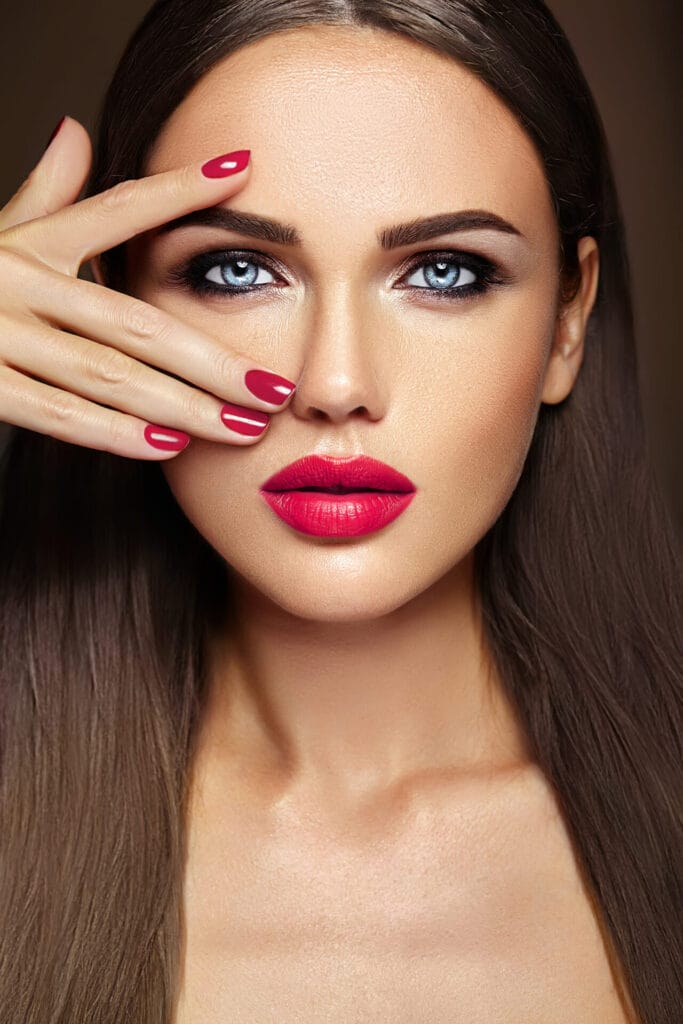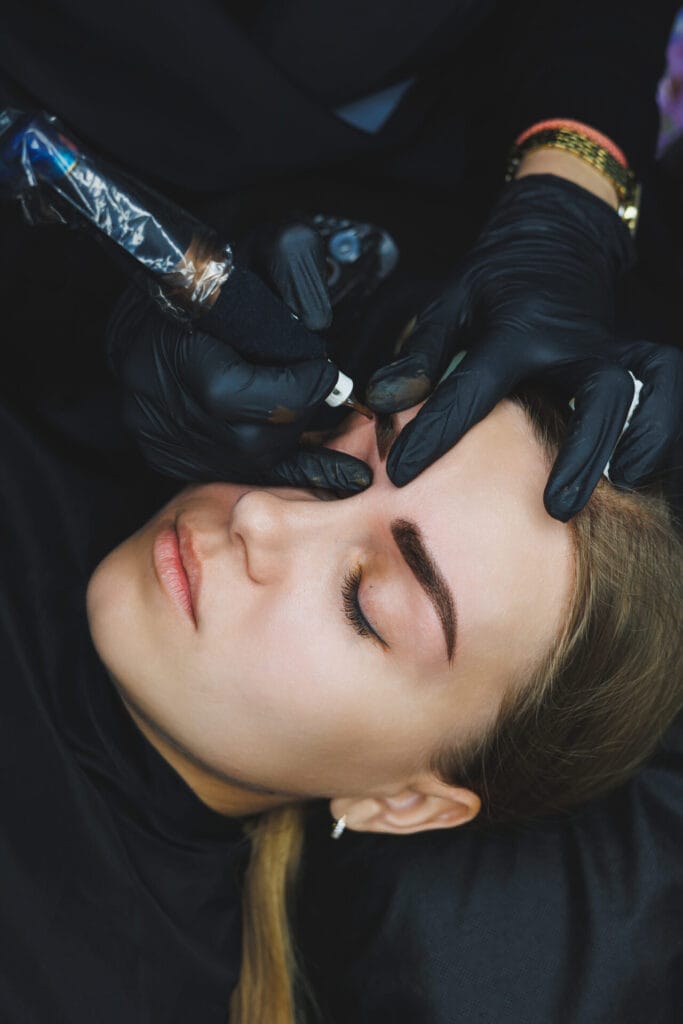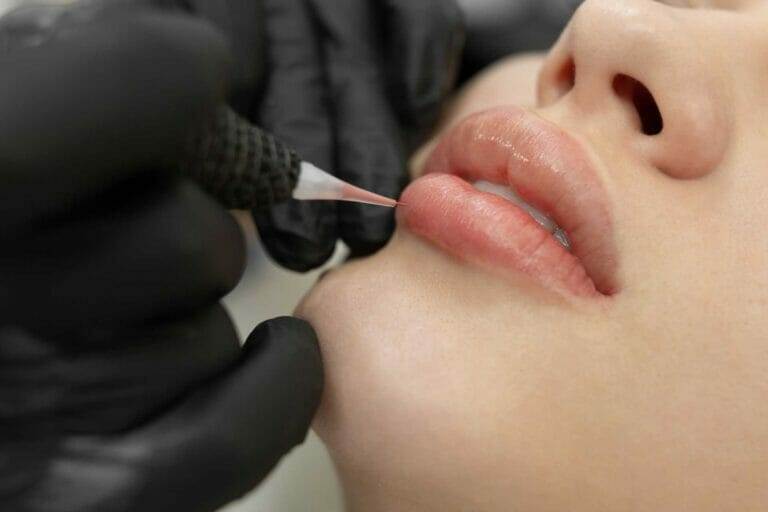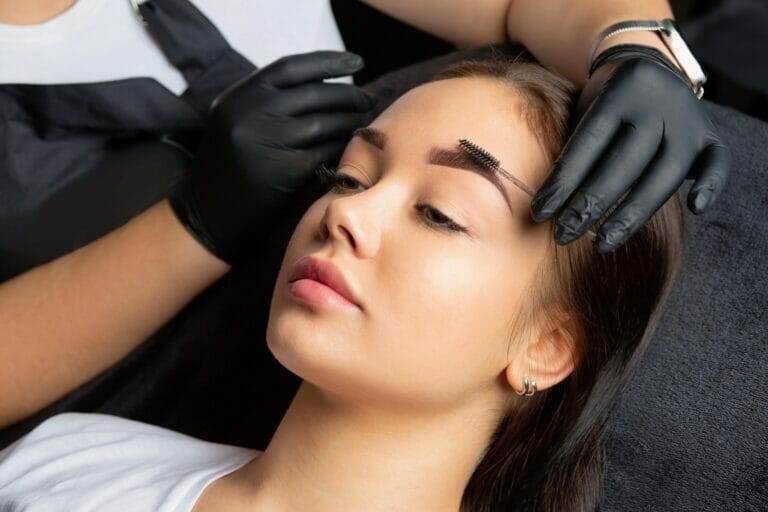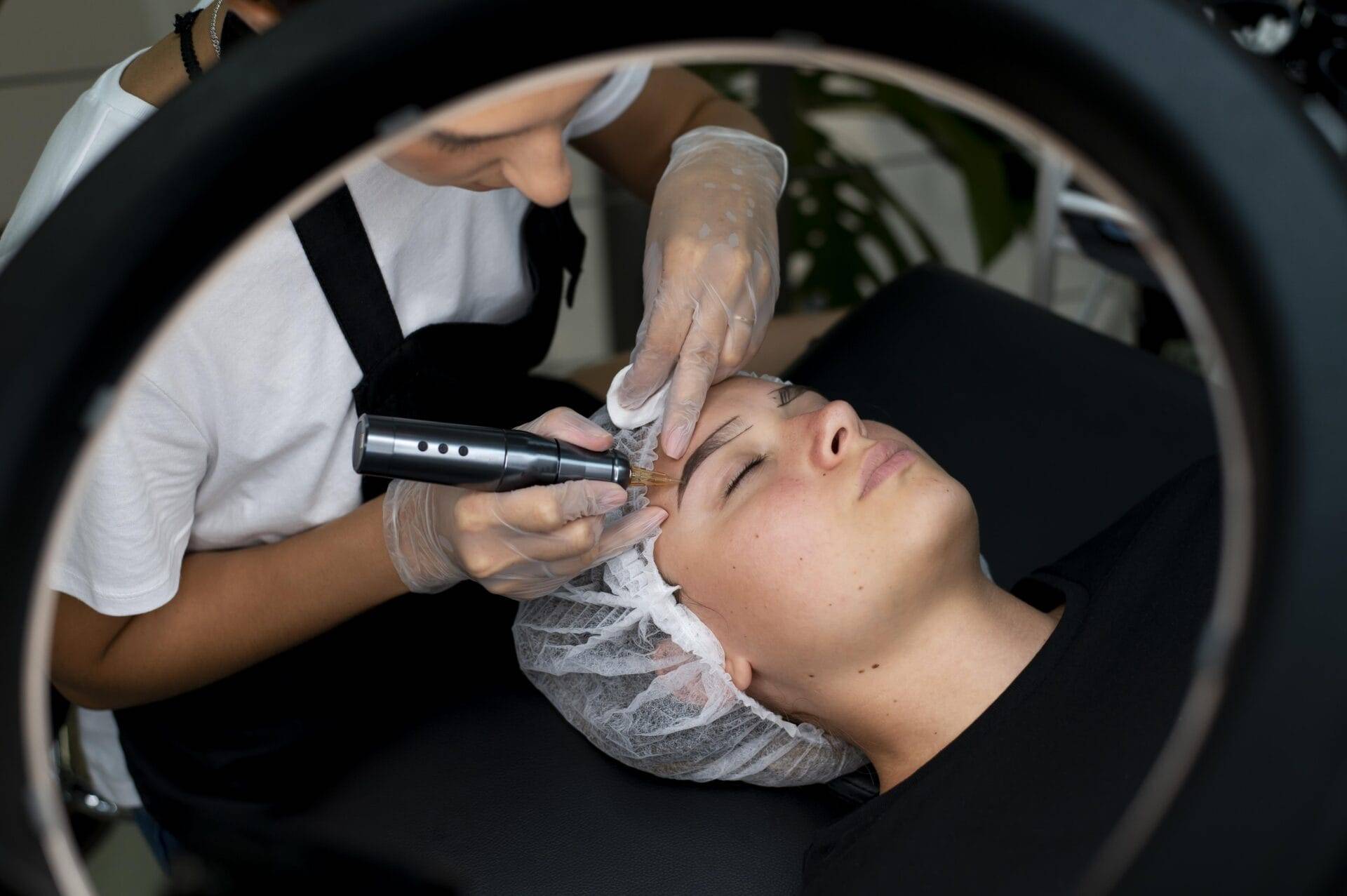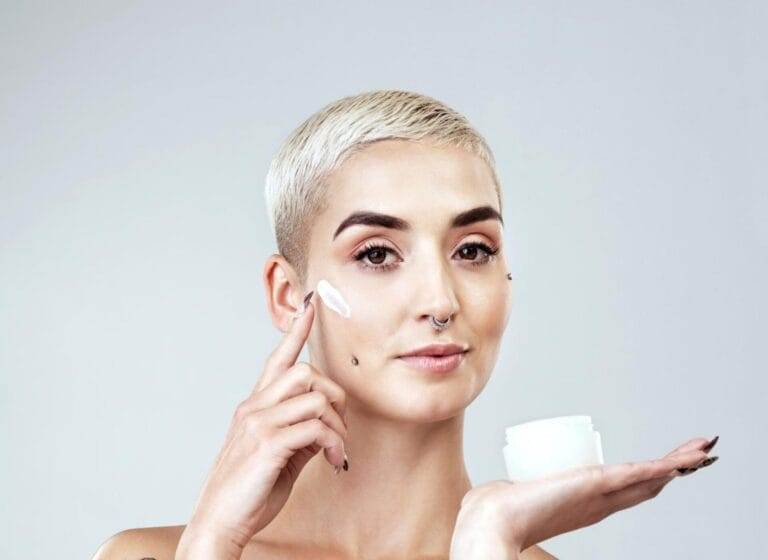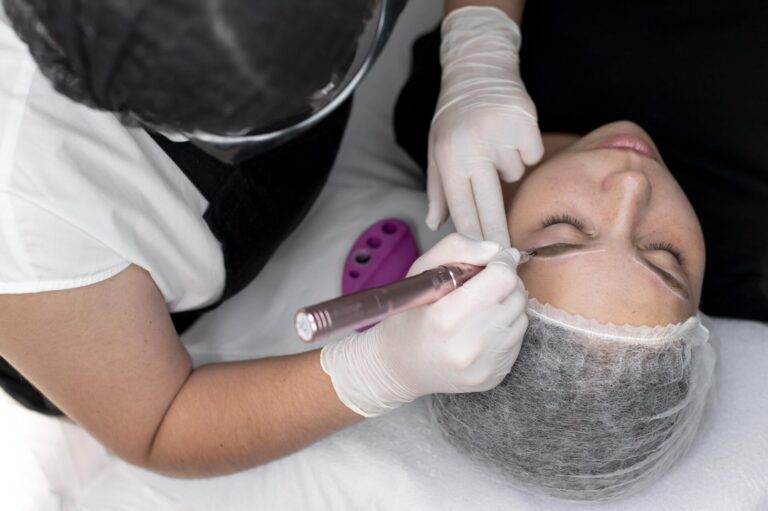Permanent makeup, also known as micropigmentation or cosmetic tattooing, has been gaining popularity in recent years as a convenient and long-lasting solution for enhancing one’s natural features. This innovative cosmetic procedure involves the application of pigment into the skin to create the appearance of makeup that won’t wash off. From perfectly shaped eyebrows to defined eyeliner and luscious lip color, permanent makeup offers a semi-permanent solution for those looking to streamline their daily beauty routine. In this article, we will delve into the world of permanent makeup, exploring its application process, benefits, risks, and everything you need to know before considering this procedure.
What is Permanent Makeup?
Permanent makeup is a cosmetic technique that involves depositing colored pigments into the dermis layer of the skin using a needle or blade. This process creates long-lasting makeup effects that can mimic the appearance of traditional cosmetics. The concept of permanent makeup dates back to ancient civilizations, where natural pigments were used to enhance facial features. However, modern permanent makeup techniques have evolved significantly, with advancements in technology and pigments leading to more natural-looking results.
How is Permanent Makeup Applied?
The application of permanent makeup involves several steps to ensure precise and long-lasting results. Before the procedure begins, a consultation with a trained permanent makeup artist is essential to discuss your desired look and any concerns you may have. The artist will then use specialized tools, such as a tattoo machine or microblade, to deposit pigment into the skin. Different techniques are used for various areas of the face and body, such as microblading for eyebrows, eyeliner tattooing for defining the eyes, and lip blush for adding color to the lips. Each technique requires skill and precision to achieve optimal results.
The Benefits of Permanent Makeup
One of the primary benefits of permanent makeup is the time and money it saves on daily beauty routines. With permanent eyebrows or eyeliner, you can wake up looking refreshed and put together without the need for daily application. Additionally, permanent makeup can be beneficial for individuals with medical conditions that affect their ability to apply traditional cosmetics, such as arthritis or vision impairment. Beyond practical advantages, permanent makeup can also boost confidence and self-esteem by enhancing natural features and providing a sense of empowerment.

Who is a Good Candidate for Permanent Makeup?
Before considering permanent makeup, there are several factors to take into account to determine if you are a suitable candidate for the procedure. It’s essential to have realistic expectations about the results and understand that permanent makeup will fade over time. Individuals with certain medical conditions, such as autoimmune disorders or skin sensitivities, may not be eligible for permanent makeup due to potential complications. A consultation with a qualified permanent makeup artist can help assess your candidacy and address any concerns you may have.
The Different Types of Permanent Makeup
There are various types of permanent makeup available to enhance different areas of the face and body. Some of the most popular options include microblading for eyebrows, eyeliner tattooing for defining the eyes, lip blush for adding color to the lips, and even scalp micropigmentation for creating the appearance of hair follicles on the scalp. Each type of permanent makeup requires specific techniques tailored to the area being treated, resulting in natural-looking enhancements that can last for years.
What to Expect During the Procedure
During a permanent makeup procedure, you can expect a step-by-step process that begins with a consultation to discuss your desired look and any concerns you may have. The artist will then map out the design using specialized tools before applying pigment into the skin using precise techniques. While some discomfort may be experienced during the procedure, numbing creams or local anesthesia can help manage pain levels. It’s essential to communicate openly with your artist throughout the process to ensure your comfort and satisfaction with the results.
Aftercare for Permanent Makeup
Proper aftercare is crucial for ensuring optimal results and minimizing potential side effects after getting permanent makeup. Your artist will provide specific instructions on how to care for your treated area, which may include avoiding water exposure, sun exposure, and certain skincare products during the healing process. Common side effects such as redness, swelling, and itching are normal and can be managed with gentle care and patience. Following your artist’s aftercare guidelines will help promote proper healing and long-lasting results.
How Long Does Permanent Makeup Last?
The longevity of permanent makeup varies depending on several factors, including skin type, lifestyle habits, and aftercare practices. On average, permanent makeup can last anywhere from one to five years before requiring touch-ups to maintain its vibrancy. Factors such as sun exposure, skincare products containing exfoliating ingredients, and certain medications can affect how long permanent makeup lasts. Regular touch-up appointments with your artist can help prolong the lifespan of your permanent makeup and keep it looking fresh.
How Much Does Permanent Makeup Cost?
The cost of permanent makeup can vary depending on several factors, including the type of procedure, the experience level of the artist, and your location. On average, prices for permanent eyebrows range from $400 to $800 per session, while eyeliner tattooing can cost between $250 and $600 per session. Lip blush procedures typically range from $500 to $1,000 per session. It’s essential to research different artists in your area and schedule consultations to discuss pricing options and determine which artist aligns with your budget and aesthetic goals.
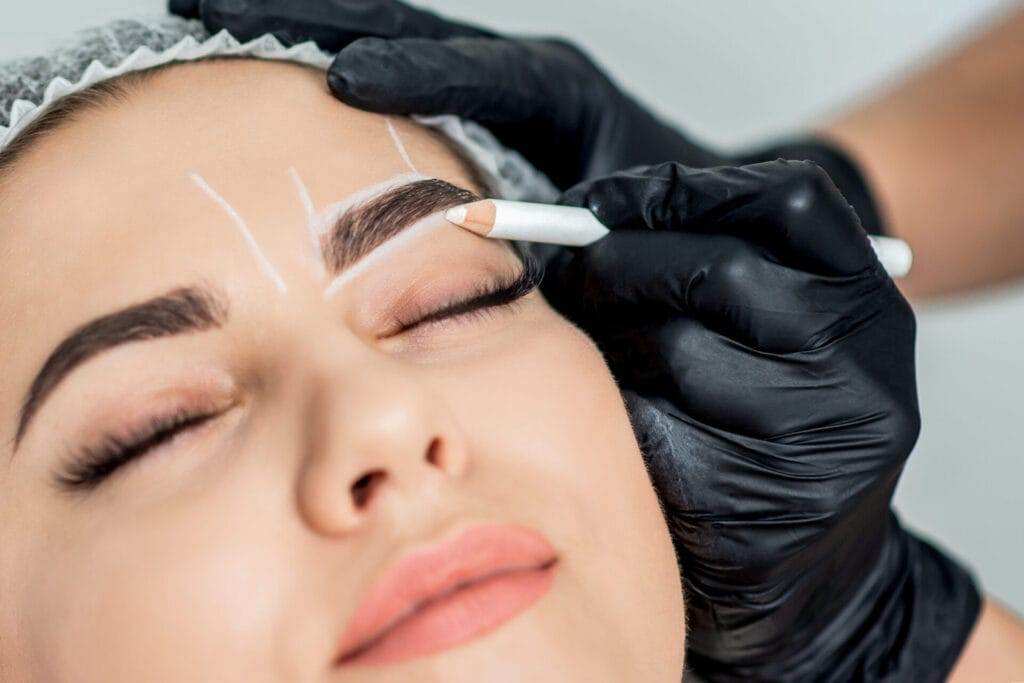
Risks and Side Effects of Permanent Makeup
While permanent makeup offers many benefits, there are potential risks and side effects to consider before undergoing the procedure. These may include allergic reactions to pigments, infections if proper hygiene practices are not followed during the procedure, and dissatisfaction with results if expectations are not met. To minimize risks and side effects, it’s crucial to choose a qualified and experienced permanent makeup artist who follows strict safety protocols and uses high-quality pigments.
In conclusion, permanent makeup offers a convenient solution for enhancing natural features and simplifying daily beauty routines. By understanding the benefits, risks, costs, and aftercare involved in permanent makeup procedures, individuals can make informed decisions about whether this cosmetic technique is right for them. Whether seeking subtle enhancements or bold transformations, working with a qualified permanent makeup artist who prioritizes safety and client satisfaction is key to achieving optimal results that boost confidence and self-esteem in the long run.
In addition, it is important for individuals considering permanent makeup to carefully research and choose a reputable and experienced artist who uses high-quality pigments and follows strict hygiene practices. Communication with the artist about desired outcomes and expectations is crucial to ensure that the final results align with the client’s vision. With proper care and maintenance, permanent makeup can provide long-lasting benefits and save time and effort in daily beauty routines. Ultimately, the decision to undergo permanent makeup should be a personal one based on individual preferences, lifestyle, and goals.

